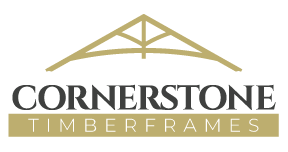In nature, waste from one life form always becomes food or building material for another in a continuous, efficient loop. In our modern human experience, waste is too often on a single-use, linear trip to Mt. Landfill, where it is stored forever. To fix our waste problem, we need to find ways to better emulate nature. For those who do, it’s a golden opportunity to achieve goodness on multiple bottom lines.
At Cornerstone we’re looking for ways to significantly reduce our waste streams. The reasons are simple and several:
- Our wood waste is valuable, representing thousands of dollars of purchases
- Paying for waste to be taken away is a double loss
- Recovering value from waste puts money back into our pockets
- Reducing waste makes us more competitive
- Environmental stewardship: we want to be good ancestors.
It’s important to remember that waste encompasses far more than the physical materials that might show up at a local landfill. It can be excessive amounts of energy used to heat a workplace or power a machine. It can be found in suboptimal use of worker time, a dozen minor inefficiencies in a work process, or a missed interval of equipment maintenance. All of these are wasteful and worthy of our efforts at reduction.
There are real and perceived barriers to addressing waste:
- It’s faster and more convenient to simply throw it in the dumpster
- Setting up systems to reduce waste takes effort: planning and work.
- It requires people to communicate, coordinate, and follow through.
- The right tools are often not provided.
- A first response is often: “No one has time for this!”
To get underway with our waste reduction plan, our first step is to do a complete audit of where our company currently produces waste, both physical and organizational. The results will be used to build a Work Plan that will include regular check-ins to ensure we’re on track and adjusting things to work better as we go.
A priority is to address the largest sources of physical waste:
- Wood fiber (sawdust, chips, cut-offs) In 2025 we will begin to turn all our wood waste into energy to heat our buildings.
- Polypropylene lumber wrap (#5 plastic) from incoming lumber shipments will be baled and sent to a specialist recycling center that produces deck boards and other poly products. Lumber wrap currently makes up 50% of our dumpster volume.
Our waste reduction marathon is underway. An outline of our company’s waste reduction plan is available for viewing, here.

